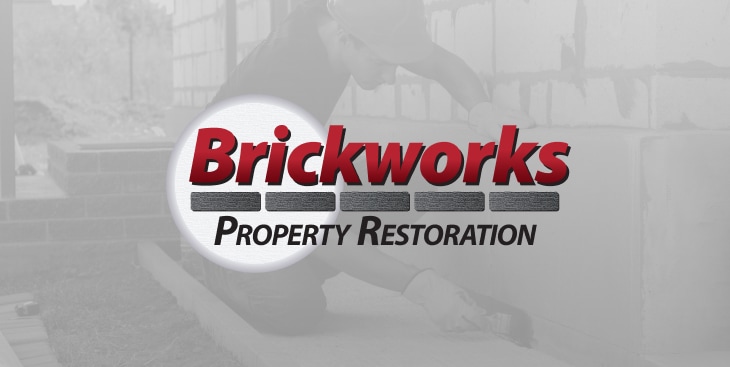

The Chimney Restoration Process from Top to Bottom
If you’re like a lot of people, you’ve probably had plenty of free time to contemplate home-repair projects over the past few months. While there are certainly many little jobs that you should be able to complete on your own, it’s generally a good idea to leave chimney repairs to the pros. Here, we’ll explain the chimney restoration process from top-to-bottom and cover every potential issue a homeowner may face. Consider this your guide to chimney maintenance and safety:
Caps are Crucial
Investing in the right chimney cap (or chimney cover) is essential to maintaining chimney safety. These small caps can prevent sparks or flames from spreading out of the top of the chimney should a fire get out of control. What’s more, they also stop animals like birds from building nests that may block ventilation in your chimney. Similarly, chimney crowns provide cover for the top of the chimney. Though, these crowns often need to be repaired because some builders use cheap mortar to form them.
Fixing Faulty Flashing
Chimney flashing consists of two sheets of metal that are placed at the base where a chimney intersects with the roof. The primary function of chimney flashing is to prevent moisture from entering at the vulnerable point where the chimney connects to the roof. Unfortunately, leaky flashing can lead to a myriad of issues like brick deterioration and loss of structural integrity. So it’s important to repair and replace flashing as needed.
Interior & Exterior Chimney Problems
It may not always be obvious that a chimney is becoming unsafe. That’s because many issues related to chimney safety are easy to overlook. For one, creosote buildup can cause chimney fires to burn dangerously hot. But identifying creosote within the chimney itself usually requires a full inspection. (This is also why an interior flue lining is so important.) In addition, some homeowners may not notice loose bricks, flue-lining deterioration, or darkened smoke when they light a fire –– all of which may indicate significant chimney damage.
Water-Based Issues
As with any brick structure, chimneys are most susceptible to damage from extensive exposure to water (this also includes ice and snow). Over time, water can cause bricks to crack, split, and become loose. And when this occurs on the inside or outside of a chimney, the integrity of the structure can become compromised. Note also that while new brick structures will typically last decades with relatively little upkeep, the mortar in between bricks is more vulnerable to erosion. As such, homeowners may need to invest in tuckpointing or spot tuckpointing to fix potential chimney problems.
Base & Tile Cracks
The tiles around your chimney’s base should be solid and secure. If the tiles around the fireplace become cracked or damaged, it could create other issues within the chimney.
Chimney Fires
Even if you don’t use your chimney often, consistent maintenance is vital. That’s because chimney fires are surprisingly common and, predictably, damaging. Indeed, there are over 25,000 chimney fires per year, and they cause around $125 million dollars in property damage.
Due to the danger of chimney fires, it’s recommended that homeowners follow safety best practices when using their fireplace. In addition, they should also schedule several chimney inspections and cleanings –– one before and one after the winter–– to ensure any major issues can be identified and addressed before regular use.
Contact Us
At Brickworks, we have years of experience working with homeowners and businesses in the Detroit metro area. Our team is professional and detail-oriented and we only use the highest-quality masonry materials when we take on a project. If your chimney is overdue for an inspection –– or if you need repair help right away –– give us a call today at 586-868-3234 to schedule an appointment.
Contact Us
Contact Us Today


We're Built on a Foundation of Excellence
Check Out Our Awards & Certifications
- Angi Super Service Award 2023
- Nextdoor Neighborhood Favorite 2023
- A+ Better Business Bureau Rating
- Certified by the Environmental Protection Agency
- Certified Chimney Sweep

